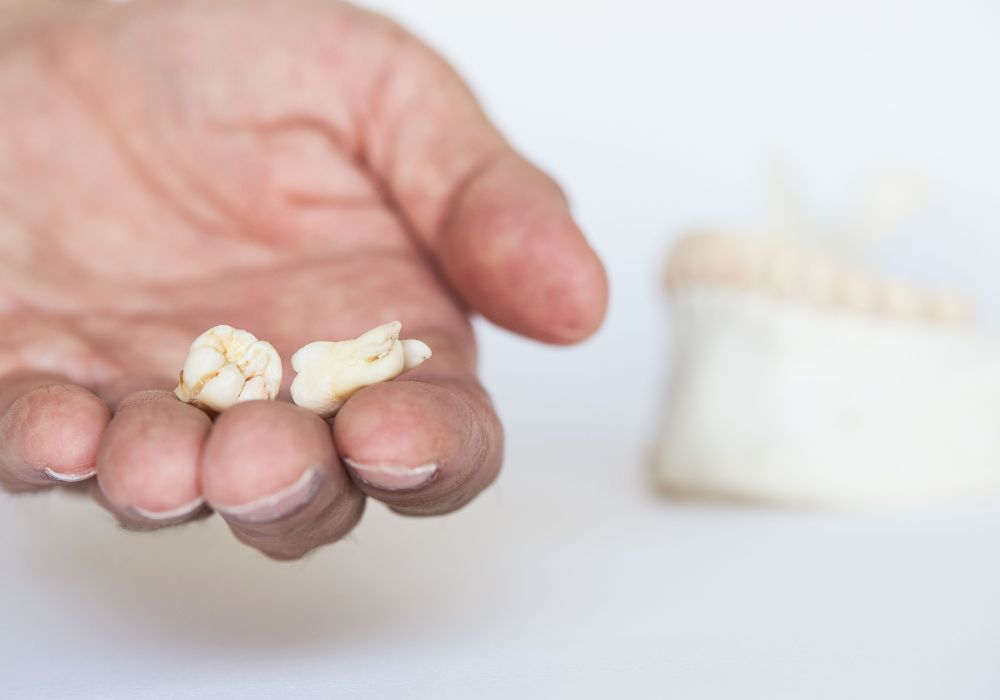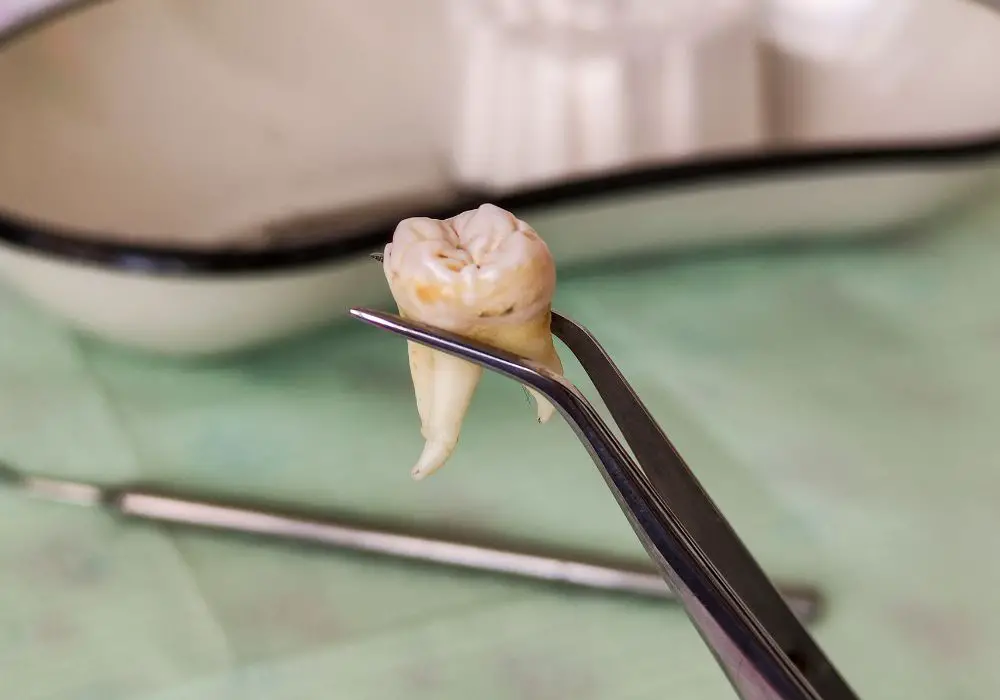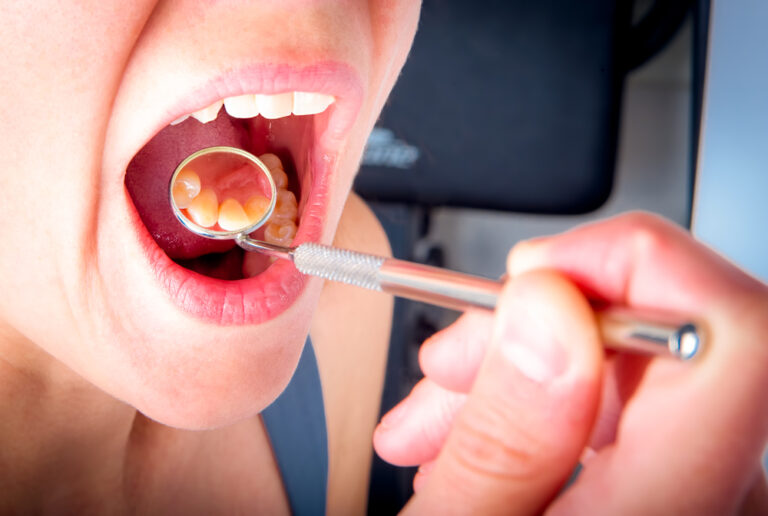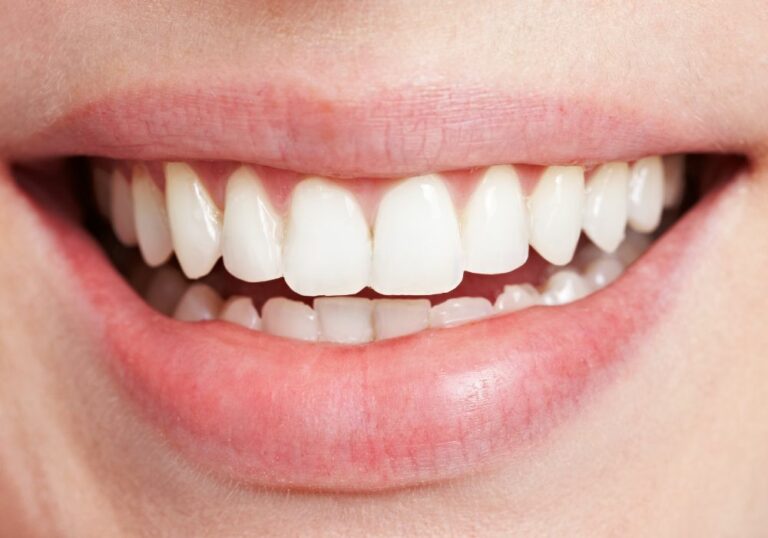Wisdom teeth removal is often reported as being a more painful dental procedure than routine tooth extractions. There are several reasons why wisdom teeth extractions tend to be more complicated and lead to increased pain and recovery time.
Anatomy of wisdom teeth

Location and impaction
Wisdom teeth are the third and final set of molars that erupt during late adolescence or early adulthood, typically between ages 17-25. They are located at the very back of the mouth in the upper and lower jaws.
The term wisdom tooth comes from the fact that they arrive much later than other teeth, at an age when a person is presumably “wiser”. However, by the time wisdom teeth form, there is often not enough room left in the jaw to accommodate them. As a result, wisdom teeth frequently become impacted against the other teeth or jawbone. Impaction occurs when a tooth has not fully emerged through the gums and becomes stuck in place at an angle or unable to erupt fully.
Anatomical variations
Wisdom teeth have more anatomical variations than other molars. Their roots can be quite long and hooked, and their positioning can be at odd angles compared to normal tooth alignment. These abnormalities make surgical access and extraction more challenging.
Complexity factors in wisdom tooth removal
Difficulty removing impacted teeth
Attempting to extract impacted or partially erupted wisdom teeth is more complex than removing teeth that are fully visible and easy to grasp. Impacted wisdom teeth may require surgically exposing the crown, removing bone tissue, and sectioning the tooth into pieces for easier removal. These extra steps lead to longer, more invasive procedures.
Proximity to nerves and sinus cavities
The roots of wisdom teeth are often in close proximity to sensitive tissues including nerves and sinus cavities. Great care must be taken while extracting wisdom teeth to avoid damage to nearby structures. Accidental contact with these areas during extraction can result in complications like numbness or sinus issues.
Dense jawbone
Wisdom teeth are anchored in the very back of the dense jawbone near the hinges. This thick, compact bone can be more difficult to work through surgically compared to less dense areas nearer the front of the mouth. The increased resistance adds more physical strain to the extraction procedure.
Reduced mouth opening
Patients often cannot open their mouths as wide when removing wisdom teeth compared to other teeth. This restricted space further complicates the removal process. Tools and hands have limited maneuverability, hampering access, visibility, and efficiency.
Root development stage
Wisdom teeth that are still developing have roots that are not fully formed. This can make them more difficult to extract intact. The surgeon must carefully separate undeveloped roots that are intertwined and break them free from the surrounding bone.
Postoperative recovery after wisdom tooth removal

Increased swelling and bleeding
The extensive drilling and trauma to the mouth during wisdom tooth extraction often leads to increased postoperative bleeding, swelling, and inflammation compared to simpler single tooth extractions. This can contribute to more significant pain and discomfort while healing.
Difficulty cleaning extraction sites
Due to the far back placement of wisdom teeth near the throat, it is harder to properly clean extraction sites after surgery. Food particles and debris can become trapped, increasing the risk of complications like infection and dry socket.
Stiffness and pain from wide opening
The exaggerated mouth opening required during wisdom tooth removal can provoke muscle and jaw soreness following surgery, creating stiffness and pain while eating and talking.
Sinus irritation
Following the removal of upper wisdom teeth, it is common to experience sinus congestion, pressure, and pain for several days while the sinus cavity heals after being exposed and disrupted.
Neuropathy
Lingering numbness or nerve pain is more common after wisdom tooth removal since the nerves that supply sensation to the lower teeth, lips, and chin run close to the impacted lower wisdom teeth. This neuropathy usually resolves over time but can be temporarily uncomfortable.
Wisdom tooth extraction technique comparison
There are various surgical techniques that oral surgeons can utilize to remove wisdom teeth depending on their position and degree of impaction. Some methods are quicker but more damaging to the surrounding tissues, while others are less invasive but more technically complex.
The following table compares some of the most common wisdom tooth extraction techniques and their relative invasiveness:
| Extraction Method | Procedure | Tissue Trauma | Skill Level Required |
|---|---|---|---|
| Simple extraction | Uses elevators and forceps to loosen and lift the exposed tooth | Minimal | Beginner |
| Surgical extraction | Incision and bone removal to expose impacted teeth before use of forceps | Moderate | Intermediate |
| Sectioning | Cuts tooth into pieces for easier removal of impacted teeth | Moderate | Advanced |
| Coronectomy | Intentional partial removal leaving roots intact to protect nerves | Minimal | Expert |
In general, the more intricate the impaction and surrounding anatomy, the more complex the extraction method has to be, leading to increased healing demands on the body and postoperative discomfort.
Tips to minimize wisdom tooth extraction pain

While wisdom tooth extraction is often more painful than routine dental extractions, there are ways to help reduce pain, swelling, and other postoperative discomfort:
- Follow all pre- and post-operative instructions carefully, including any prescribed medication regimen. This aids healing.
- Ice the facial area for 15-20 minutes at a time several times a day to reduce inflammation.
- Use warm saltwater rinses after 24 hours to keep extraction sites clean.
- Drink lots of fluids and eat soft, nutritious foods like soups, smoothies, and mashed potatoes.
- Avoid strenuous activity for a few days. Too much exertion can increase bleeding and swelling.
- Take over-the-counter pain relievers as recommended to manage pain.
- Sleep with your head elevated to minimizethroat swelling.
- Avoid smoking and alcohol consumption as they impede healing.
- See your dentist promptly if excessive bleeding, severe pain, or other complications develop.
Frequently asked questions about wisdom teeth pain
Why does wisdom tooth pain sometimes linger weeks after surgery?
It’s not uncommon to have some degree of pain or discomfort for 7-10 days following wisdom tooth removal, and occasionally longer. Extended healing reflects the more invasive surgical procedure. Pain after the first few days is often due to receding gums starting to expose the extraction site as it closes.
Can wisdom teeth be removed without surgery?
Partially erupted or soft wisdom teeth may sometimes be pulled directly without surgery. However, most impacted wisdom teeth will require some degree of bone removal, tissue cutting, and tooth sectioning to enable extraction, increasing postoperative pain.
What is dry socket and why is it so painful?
Dry socket, known medically as alveolar osteitis, occurs when the blood clot at the surgery site fails to form properly or becomes dislodged too soon. This exposes the bone and nerves, creating severe, persistent pain that usually develops a few days after extraction.
How long after wisdom teeth removal can I resume normal activity?
Plan to take it easy for 3 to 5 days following surgery. Refrain from exercise, sports, and other strenuous activities that could disturb the blood clot and slow healing. Most people can return to their normal routine within 7 to 10 days.
Why might anesthesia wear off too soon during wisdom tooth surgery?
The extensive drilling and extended time needed to remove impacted wisdom teeth can sometimes outlast the dose of local anesthesia. Alert your dentist promptly if you start feeling any pain so more anesthesia can be administered and avoid a more painful procedure.
Conclusion
In summary, wisdom teeth removal tends to have higher postoperative pain due to the complex impaction patterns, proximity to nerves and sinus cavities, thicker jaw bone density, reduced surgical access, root development stage, and extent of tissue trauma associated with extraction. Utilizing proper extraction technique and following post-op care guidelines can help minimize discomfort and speed recovery following wisdom tooth surgery. But some residual pain is to be expected with such a delicate and invasive procedure on the impacted molars in the far back of the mouth.






